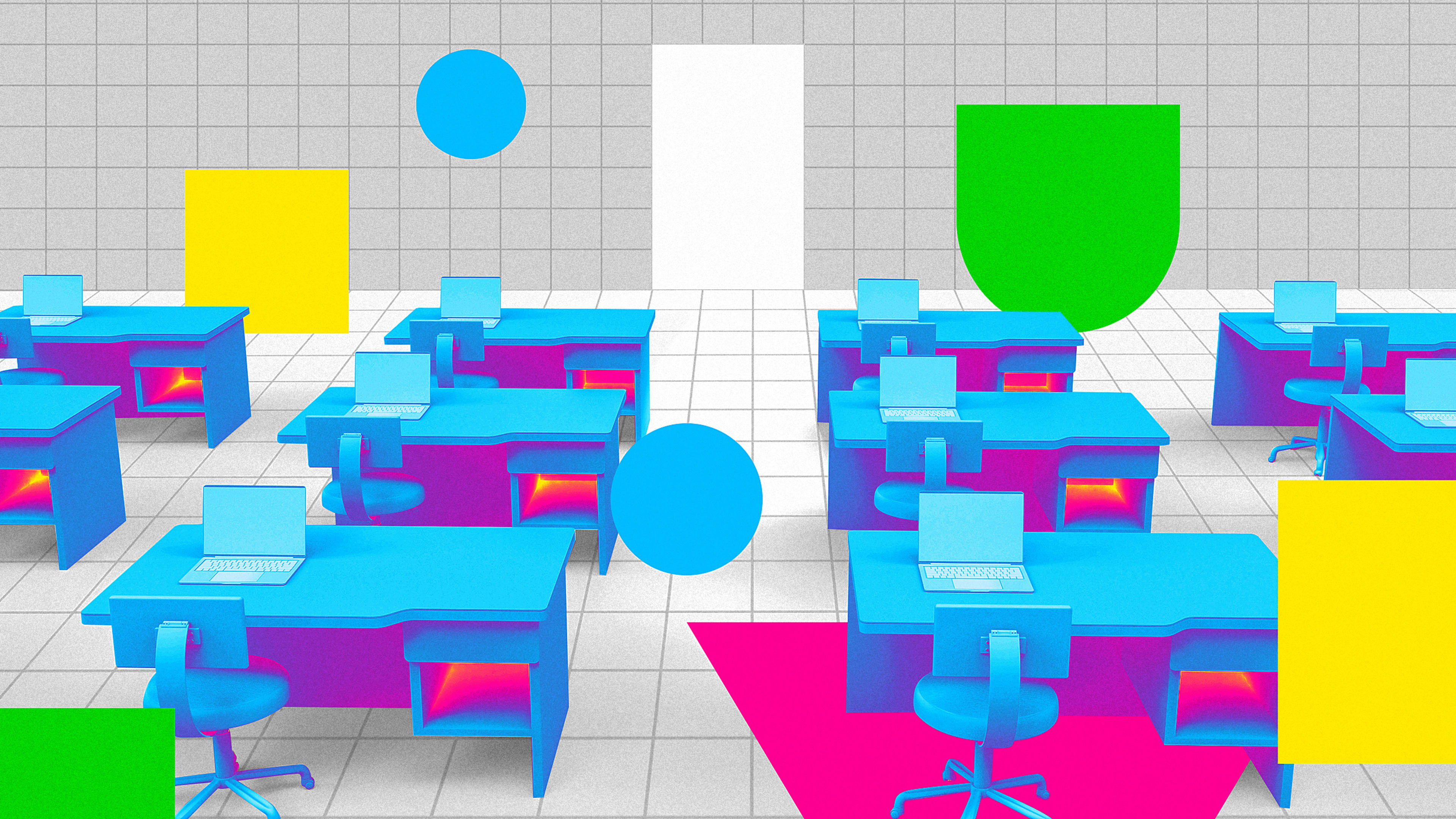Human-centered design has generally been understood to mean putting yourself in the shoes of users and building a product that recognizes their needs.
But as panelists Vivianne Castillo founder of the UX community HmntyCntrd, Thang Vo-Ta, cofounder and CEO of Callaly, and Ivy Ross, vice president and head of hardware design at Google, explained during a panel at Fast Company’s Most Innovative Companies Summit today, human-centered design really starts in the workplace. “If you aren’t human-centric in the workplace, that’s 100% going to impact [employees’] ability to understand what it means to be human-centered in design and the experiences that we’re creating,” Castillo says.
Castillo knows this from personal experience. She recently left her previous company, Salesforce, citing microaggressions and gaslighting. During the panel discussion, Castillo recalled how those microaggressions were built on what she called a “culture of performative allyship,” in which colleagues who claimed to be allies with marginalized communities didn’t do the personal work required to actually be allies—and failed to recognize when they displayed biases. “I was having a lot of these conversations within Salesforce, with folks even at the executive level,” Castillo recalls. “But at the end of the day I just got tired of having to make a case for how our focus about this is not only just the right thing to do, it’s just good business.” In the summer of 2020 she started HmntyCntrd, which educates professional designers on how to create inclusive, equitable user experiences. She wanted to “build a community of folks who were willing to do the human work in order to do the professional work,” she says.
As the panelists explained, a human-centered design framework is not only important but necessary following the seismic cultural, political, health, and economic upheaval of the past year. Castillo, who was a therapist before entering UX design, says the trauma of the past year has led people’s values to change. Now more than ever, consumers want two things from brands: genuine connection and more accountability when there’s an equity gap.
That means building a diverse array of designers into your team, not just empathizing with the end user. “We have to mirror the people we’re serving,” Ross says.
Empathy is a core part of the design process, but Castillo says it can also be exploitative. “A lot of companies use UX design as a way to understand users but then to exploit what they can get out of that user,” she says. “When it comes to moving away from a more exploit-driven approach to empathy, that’s where you’re involving people [in the design process] and having conversations about gaps in equity in the process.”
Human-centered design all comes down to people, according to Vo-Ta. “You’re not going to get anywhere unless you have people representing all these different diverse experiences working at your firm,” he says. “Human-centered design isn’t just about a product, but how you approach it and the people you have messaging it.” You’re only going to build connections with customers when you show them you’re walking the walk, Vo-Ta says.
For Ross, stakeholders aren’t just those with wallets; Ross envisions a more holistic human-centered approach. “Companies have to not only do the right thing to help the circular economy but also educate people to that effect,” she explains. “We have to consider it’s really the ecosystem, and how we produce things in a way that’s life-enhancing for all of us—not just us but for the entire ecosystem. That has to be built into the fabric,” she says. “We have to start seeing ourselves as one—not only as people but as people and planet, and that has implications for how we think about things. How much we make, how we make it.”
Recognize your brand’s excellence by applying to this year’s Brands That Matter Awards before the early-rate deadline, May 3.
